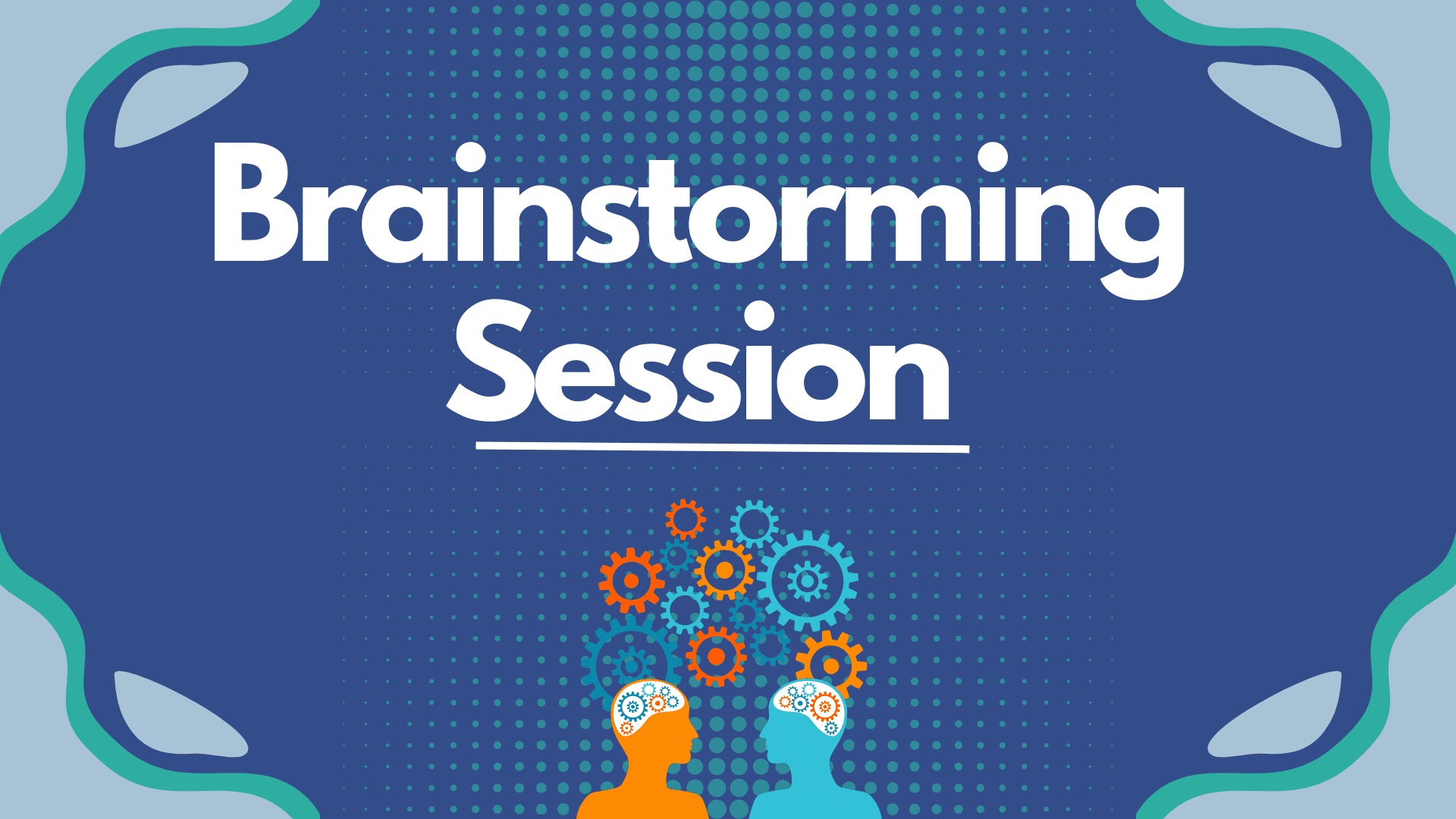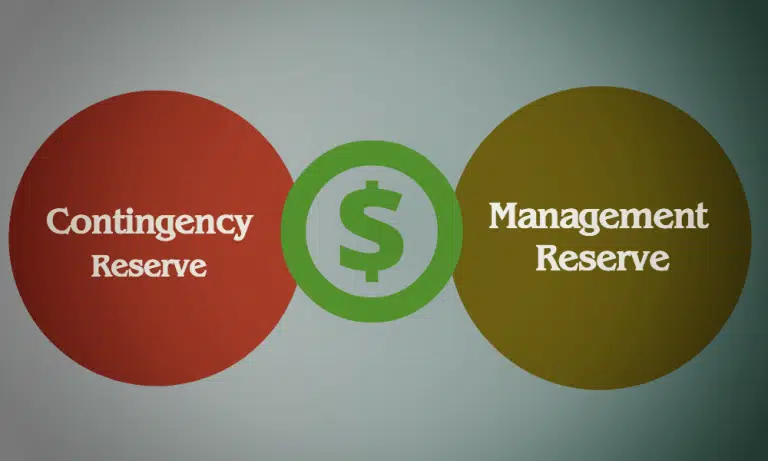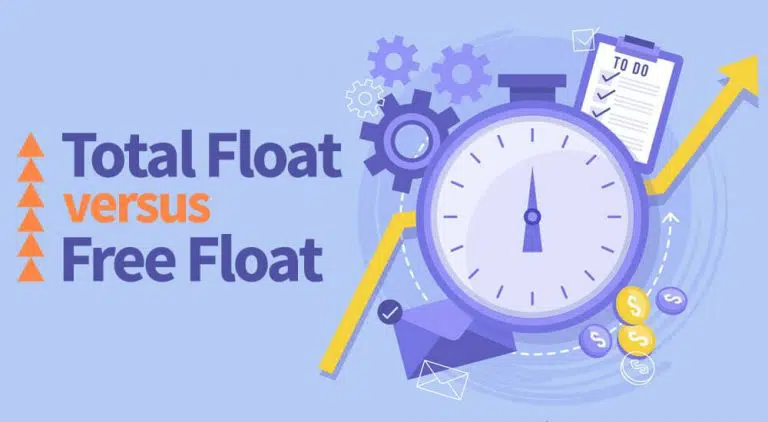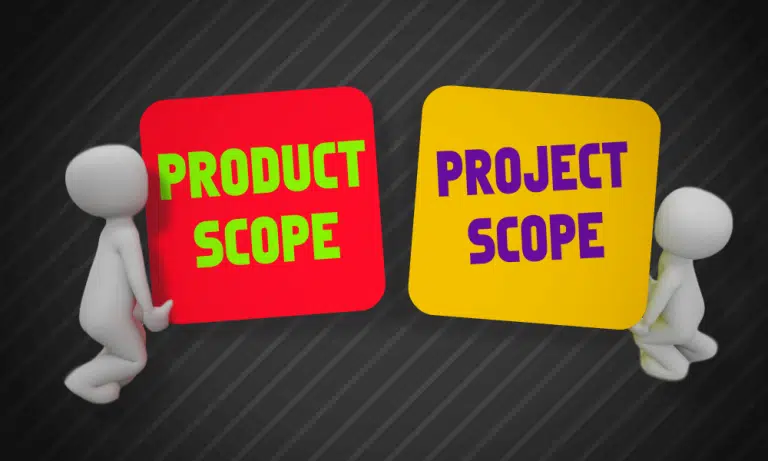We normally conduct brainstorming sessions almost every week, and every one of you has attended one—whether you realize it or not! A brainstorming session is a part of professional work.
Brainstorming is a simple, reliable, and useful technique to get ideas to solve a problem. In today’s post, we will discuss brainstorming, how to run an effective brainstorming session, and how it is useful.
Let’s get started.
What is Brainstorming?
Brainstorming techniques were developed by Alex Faickney Osborn, an advertising executive, in the late 1930s. Osborn introduced brainstorming in his book “Applied Imagination,” published in 1953.
Brainstorming helps generate creative ideas and solutions through a group collaboration that encourages open and non-critical thinking. Osborn’s brainstorming method has since become widely adopted in various fields as a popular technique for promoting creativity and innovation in group settings.
Brainstorming is an informal approach to finding solutions to a problem. It motivates participants to any idea that comes to their mind regardless of how it might look. The facilitator then groups all ideas and discusses them further until the sessions provide a robust solution to the problem agreed upon by all attendees.
Sometimes attendees can provide awkward ideas, and as a moderator, you should accept them as well; no idea is a dumb idea. Also, you should avoid criticizing any ideas or participants during the idea-collection stage of the brainstorming session. Criticism would kill the purpose of the brainstorming session, and many participants will hesitate to share their thoughts freely.
Though brainstorming sessions are informal and casual, a little structuring is required to improve the results. According to an IBM survey, “Global Innovation Outlook,” 79% of top-performing companies attribute their success to a commitment to innovation and continuous learning, with structured brainstorming as a key component.
How Are Brainstorming Sessions Useful?
Conventional problem-solving sessions are formal, and participants are uncomfortable expressing their thoughts freely. They won’t say something unless they know their idea is worth mentioning and useful.
While in a brainstorming session, they get a welcoming and open environment to share their ideas regardless of how ridiculous they appear.
Brainstorming sessions bring together experts with diverse experiences to provide suggestions for solving problems. They often provide new and innovative solutions that would not have been possible to conceive during formal or conventional meeting sessions.
Brainstorming sessions also allow participants to offer solutions, which ensures their full commitment to solving problems.
The following are the key benefits of brainstorming sessions:
- Idea Generation: The brainstorming technique encourages the free flow of ideas without criticism. It provides a platform for participants to contribute their thoughts and suggestions, thus leading to a diverse range of potential solutions, best ideas, and concepts. It provides a large quantity of ideas.
- Creativity Promotion: By promoting a non-judgmental environment, brainstorming stimulates creative thinking. Participants feel comfortable sharing unconventional or outside-the-box ideas that might not emerge in a more structured or formal setting.
- Barrier Breaking: Traditional thought patterns and assumptions can sometimes hinder creativity. Brainstorming encourages participants to break free from these constraints and explore new possibilities, thus overcoming mental barriers.
- Rapid Idea Generation: Brainstorming is often a time-efficient way to generate many ideas quickly. This is valuable when time is critical in decision-making or problem-solving processes.
- Problem Solving: Brainstorming is not limited to generating ideas; it can also be an effective tool for solving problems. By collectively analyzing challenges and proposing potential solutions, teams can arrive at innovative ways to address issues.
- Adaptability: Brainstorming encourages teams to explore multiple options and adjust their approach based on the collective input. This adaptability is crucial in dynamic, rapidly changing environments.
How to Conduct a Brainstorming Session
You can follow the following steps to run a brainstorming session effectively:
Step 1: Prepare for the Brainstorming Session
The brainstorming meeting is an informal session, so ensure not to make it too formal and structured, but having a general guideline and broad structure is always helpful.
If it is a virtual meeting, select a suitable schedule so everyone can attend it, as some participants may be from different geographical locations with considerable time differences.
If it is not virtual, you must still consider the location so all employees and attendees can reach it with minimal effort.
You can bring attendees into a room for a physical session and use sticky notes on a whiteboard to record and organize ideas.
Although there is no template for brainstorming sessions, if your organization has one, you can use the brainstorming template. However, for an online meeting, you must use a meeting software or project management tool that provides an online whiteboard for idea generation. Due to technological advancements, virtual brainstorming is equal to or more effective than traditional, in-person brainstorming.
Set the ground rule and an approximate time limit for the session.
Step 2: Invite the Right Stakeholders
You must invite the right stakeholders to find the solution in the brainstorming. If you invite the wrong person, they will come and provide worthless suggestions and waste the attendees’ time.
Invite attendees with diverse skills and different backgrounds who are aware of the problem and can provide valuable input to the problem. Don’t just invite people you know or are comfortable with, such as your team members, colleagues, and other participants connected to you. Bringing people with diverse skills brings different perspectives and diverse ideas.
Appoint a note taker who will take meeting notes so you can write the key discussion and actions and develop the meeting minutes or minutes of the meeting. The action items are important as they help you develop an action plan to solve the problem.
Prepare icebreakers for small groups or trivia questions to lighten the environment and motivate the attendees to participate in the brainstorming session.
Step 3: Define the Problem and Start the Session
Define the problem well so every attendee understands the issue you want to solve. Allow them to ask questions they have regarding the problem. You must ensure all participants understand the topic for the brainstorming session.
Afterward, you will start the brainstorming session. You will ensure that all participants speak their minds without hesitation and no single participant overtakes the conversation or criticizes others. Try getting as many new ideas as possible for diverse suggestions—regardless of merit.
You may need to use icebreakers or some games in between to energize the session environment.
Step 4: Analyze the Ideas
After the first round of brainstorming sessions, you will collect all ideas, group them into different categories based on similarity, and go for a second round to discuss the collected ideas.
In this part, you will discard worthless ideas, but in doing so, you will not criticize the attendees who submitted them and, if possible, anonymize ideas.
Discuss every idea and finally group similar ideas and prioritize them after having a vote. You can also share your ideas, but most of the time, you will invest your efforts in facilitating the brainstorming session.
If the session is longer, take a break after every thirty minutes to let the participant rest and freshen their mind.
Also, after the brainstorming session ends, ensure that you follow up with the decisions and action items decided on in the session.
Individual Vs Group Brainstorming Sessions
Individual Brainstorming
Individual brainstorming is a solitary creative thinking process where an individual generates ideas, solutions, or concepts independently. According to this research, people provide better ideas when they think alone.
Here, you can explore thoughts without external influence, allowing for a more focused and personal exploration of creativity. It is done in a quiet and reflective space.
Individual brainstorming allows deep introspection and encourages the generation of ideas without immediate feedback. You can use techniques like mind mapping, journaling, or free writing to facilitate individual brainstorming.
This method is used for simpler problems and suits those who thrive in independent thinking environments and prefer to develop ideas on their terms.
Group Brainstorming
Group brainstorming involves a collaborative effort in which a team or gathering of individuals with diverse perspectives work together to generate ideas, solve problems, and/or explore possibilities. Participants openly share their thoughts in this setting by building on each other’s contributions.
Group brainstorming sessions often occur in a more interactive and social environment, creating a collective creative atmosphere. This method leverages the synergy of diverse minds, encouraging active discussion and the refinement of ideas through collaborative input. Group brainstorming is known for promoting teamwork, enhancing communication, and generating innovative solutions that benefit from the shared knowledge and creativity of the entire group.
This brainstorming session is useful for complex problems and is a valuable tool for organizations seeking a comprehensive exploration of ideas and solutions through collective engagement.
Popular Brainstorming Techniques
Brainstorming technique encourages the generation of ideas and solutions through open and free-flowing discussion.
Some popular and effective brainstorming techniques are:
- Classic Brainstorming: This is the technique we discussed above. In this technique, participants freely share ideas without criticism. It encourages quantity over quality. A note-taker should record the ideas for later evaluation.
- Mind Mapping: This brainstorming technique visually represents ideas, starting with a central concept and branching out with related subtopics and ideas. You can see connections and relationships between ideas.
- Crawford’s Slip-Writing Approach: This approach involves participants independently writing ideas on slips of paper, which are then collected, shuffled, and read aloud anonymously to encourage open, unbiased idea exploration.
- Reverse Brainstorming: Instead of generating ideas, this approach focuses on generating problems or challenges and then brainstorming solutions. This brainstorming session method is useful for breaking through mental blocks.
- Brainwriting: In this technique, you ask participants to generate and develop ideas, then write them on paper.
- 6-3-5 Brainwriting: Six participants write down three ideas in five minutes. Papers are passed around, and each participant adds three more ideas to the original ones. This process continues, thus providing a variety of perspectives.
- Starbursting: This technique focuses on a central idea and asks the questions: Who, What, Where, When, Why, and How? It explores different aspects of an idea systematically.
- SWOT Analysis: This technique analyzes Strengths, Weaknesses, Opportunities, and Threats. You can understand internal and external factors that affect an idea or project.
- SCAMPER Technique: SCAMPER stands for Substitute, Combine, Adapt, Modify, Put to Another Use, Eliminate, and Reverse. You can use these prompts to modify and improve existing ideas.
- Nominal Group Technique (NGT): Participants write down ideas independently using this technique. Afterward, you share them in a round-robin style and then have a group discussion, followed by prioritization.
Key Brainstorming Session Challenges and How to Overcome Them
The following are a few challenges you may face during brainstorming sessions and their solutions:
- Fear of Judgment: Participants may fear criticism, thus leading to self-censorship.
- Solution: Establish a non-judgmental atmosphere, emphasize that all ideas are valid, and focus on quantity over quality during the initial phase.
- Dominant Personalities: Some individuals may dominate the discussion, thus limiting input from quieter participants.
- Solution: Set ground rules, use facilitators to manage participation, and encourage everyone to contribute before revisiting ideas.
- Groupthink: Group consensus may lead to conformity, thus stifling diverse ideas.
- Solution: Encourage independent thinking, use techniques like brainwriting, and promote diversity in the group to bring out varied perspectives.
- Overemphasis on Criticism: Premature criticism can stifle idea generation.
- Solution: Separate the idea generation and evaluation phases. Encourage participants to focus on generating ideas initially, then defer judgment until later.
- Time Management: Ineffective time management can result in rushed or incomplete discussions.
- Solution: Set realistic time frames for each phase, use timekeeping tools, and ensure that the session focuses on the primary goals.
- Resistance to Change: Some participants may resist new or unconventional ideas.
- Solution: Foster a culture that embraces change, highlights the benefits of innovation, and encourages participants to step out of their comfort zones.
The facilitator’s skill plays a key role in running a brainstorming session. A study in the “Journal of Applied Psychology” shows that group cohesion and the facilitator’s skill can influence the quality of ideas generated in brainstorming sessions. This emphasizes the need for organizations to invest in training and facilitating effective brainstorming sessions to maximize their impact.
Summary
A brainstorming session is a great technique for generating innovative ideas. A successful brainstorming session hinges on fostering an open, non-judgmental environment in which diverse perspectives can thrive. Using techniques like mind mapping, reverse brainstorming, or Crawford’s Slip Writing Approach encourages creativity and ensures a wealth of ideas.

I am Mohammad Fahad Usmani, B.E. PMP, PMI-RMP. I have been blogging on project management topics since 2011. To date, thousands of professionals have passed the PMP exam using my resources.







